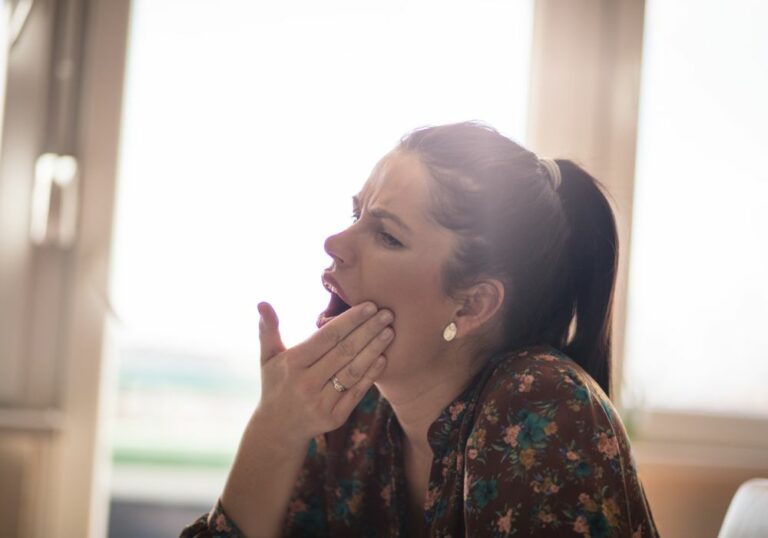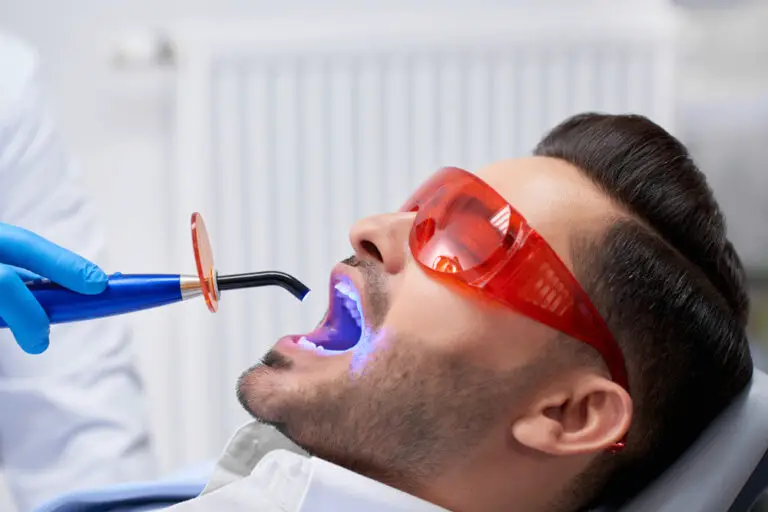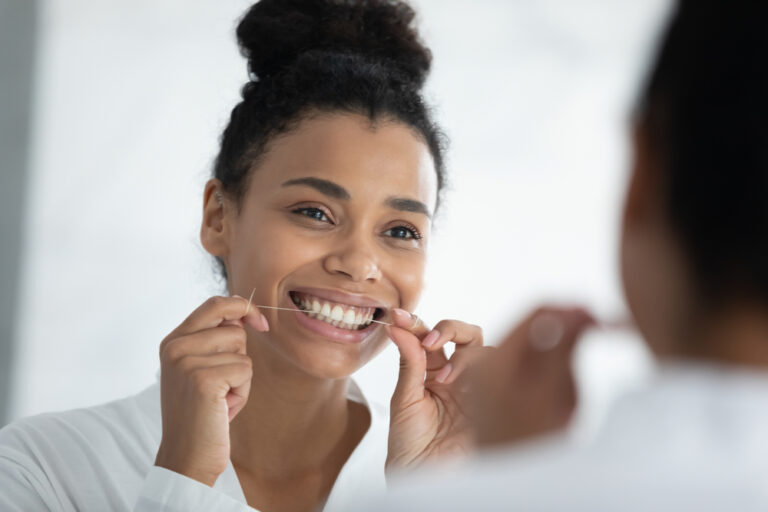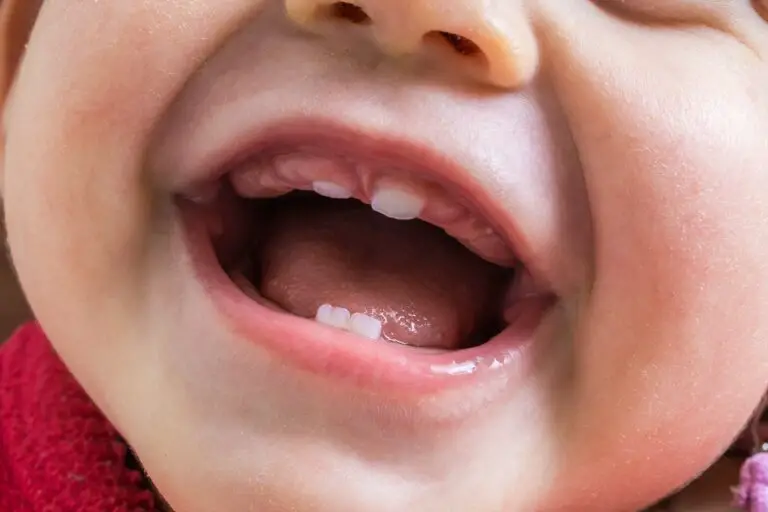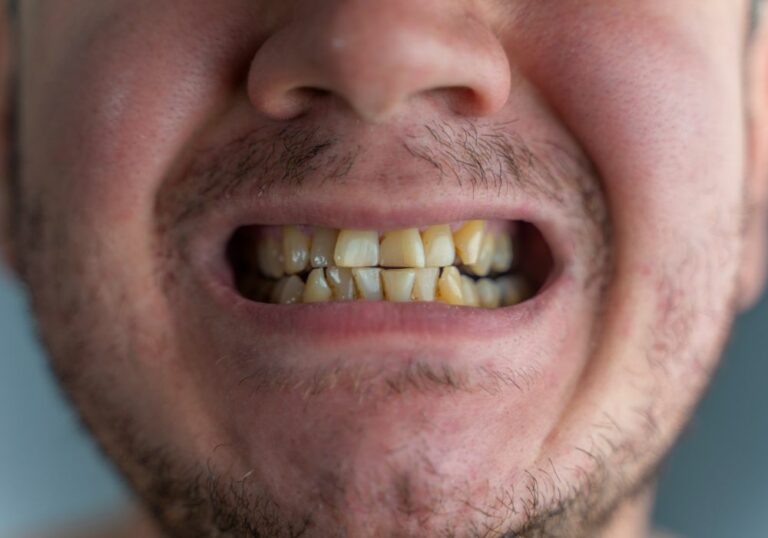Proper alignment of the teeth and a correct bite (occlusion) are important for oral health and function. When the upper and lower teeth do not fit together optimally, it can lead to a feeling that the teeth are out of alignment.
Understanding dental alignment and bite issues
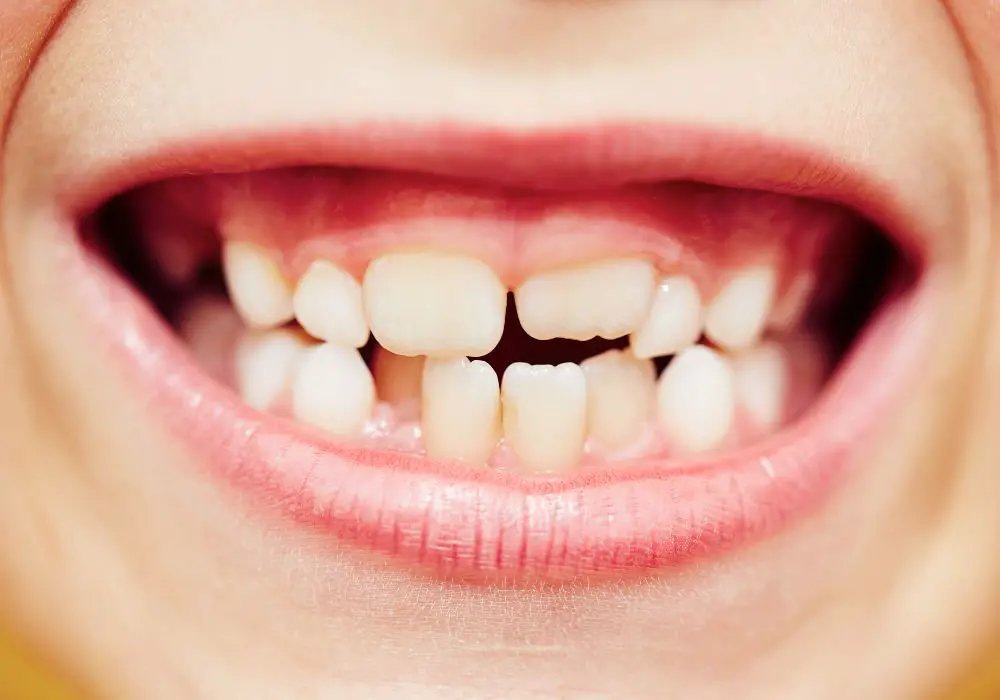
There are several types of dental alignment and occlusion problems that can cause this:
Malocclusion
A malocclusion simply means a “bad bite” where the upper and lower teeth do not align correctly. This can involve the front teeth (incisors) being crooked, crowding or spacing issues, or the back teeth (molars) not meeting properly when biting. Malocclusions are very common, occurring in 20-30% of the population. Causes include:
- Genetics – jaw and tooth size/shape are inherited traits
- Thumb-sucking or pacifier use in childhood
- Loss of primary teeth too early or late
- Mouth breathing and thumb sucking habits
- Abnormal jaw growth
- Missing, extra, or impacted teeth
There are 3 classes of malocclusion:
- Class I – Upper and lower jaws align normally but individual teeth are crooked, crowded or spaced.
- Class II – The upper jaw is too far forward compared to the lower jaw. This causes an overbite.
- Class III – The lower jaw is too far forward relative to the upper jaw. This causes an underbite.
Crossbites
A crossbite occurs when upper and lower teeth overlap abnormally when biting together. Several types include:
- Anterior crossbite – Upper front teeth are further inwards than lower front teeth
- Posterior crossbite – Upper back teeth sit inside lower back teeth
- Unilateral crossbite– Crossbite on just one side of the mouth
Crossbites affect proper chewing and can lead to asymmetric jaw growth.
Overjet/Overbite issues
Overjet is when the upper teeth excessively overlap the lower teeth. Overbite is when the upper teeth excessively cover the lower teeth when biting. Normal overjet is 1-3 mm and overbite is 1-3mm. Excessive overjet or overbite indicates misaligned jaws.
Open bite
An open bite occurs when the front and/or side teeth do not overlap and contact each other properly when biting. This leaves excessive space between the teeth. It can affect chewing and speech.
Crowding
Crowding is when teeth are overlapped due to insufficient space in the jaw. It occurs when the jaw size cannot accommodate the size or number of teeth. Crowding can worsen without treatment.
Diastemas
Diastemas are spaces or gaps between the teeth, most often seen between the 2 upper front teeth. Gaps can also occur from missing teeth. Small diastemas may close on their own but larger ones need treatment.
Misaligned midline
Normally, the central upper incisors align with the center of the nose and lower teeth meet at the same central midline. A misaligned dental midline occurs when the upper and lower front teeth do not align at the center as expected. This can make the smile appear crooked.
Signs and symptoms of misaligned teeth
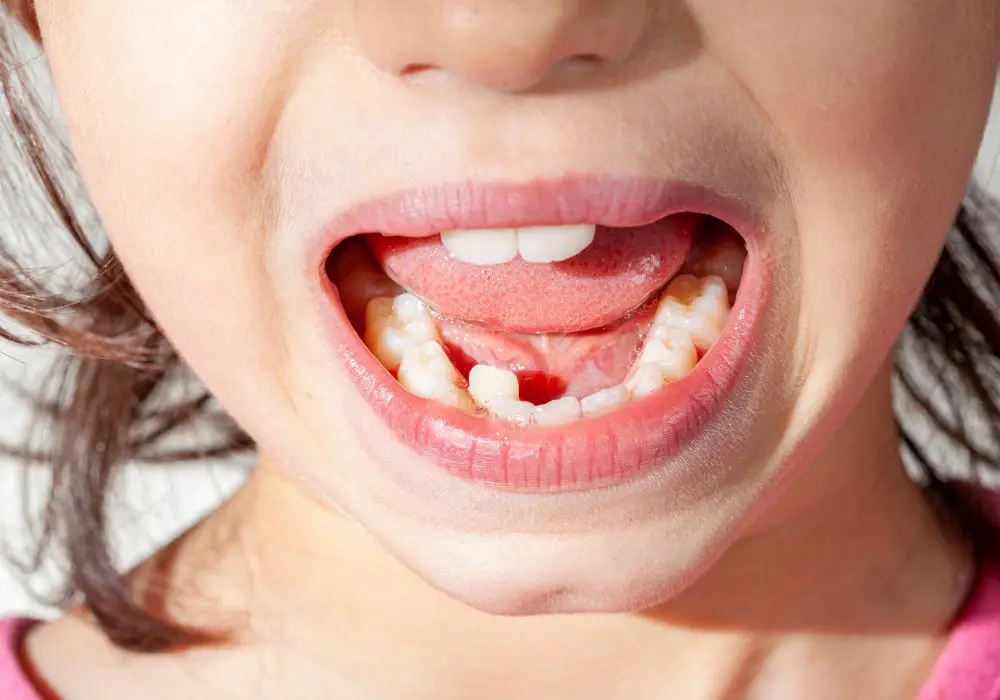
Misaligned teeth often cause one or more of these issues:
- Crooked, crowded, gapped or irregularly positioned teeth
- Difficulty biting, chewing, or swallowing
- Speech impairments with certain sounds
- Jaw pain or popping, neck aches
- Grinding or clenching due to uneven bite
- Tooth wear, chipped teeth
- Gum disease or tooth decay risks increase
- Biting of cheek, tongue, or roof of mouth
- Problems with brushing and flossing teeth
- TMJ disorders
- Sleep issues or apnea from airway obstruction
- Low self-confidence or poor smile aesthetics
Seeing a dentist for an exam is recommended if any of these symptoms are present.
Diagnosing bite alignment problems
Orthodontists have advanced techniques to diagnose alignment and occlusion discrepancies:
Clinical exam
An in-depth clinical exam evaluates teeth positions, spacing, overjet/overbite, crossbites, midline position, and more. Your bite may be observed as you close your mouth.
Digital intraoral scanning
An intraoral scanner uses laser technology to create 3D digital images of the teeth and gums. This gives highly precise detail about occlusion contacts, teeth angulation, and space analysis.
Digital impressions
Highly accurate dental impressions are created using digital intraoral scanners. This captures the teeth’s positional relationships for analysis.
Extraoral photography
Extraoral camera photos taken at different angles record facial proportions and smiling images to allow evaluation of dental esthetics.
Panoramic X-rays
A panoramic X-ray visualizes all the upper and lower teeth in one image as well as jaw alignment and TMJ. This helps detect impacted teeth, asymmetry, or jaw positioning discrepancies.
Cephalometric analysis
A cephalometric X-ray visualizes the skull, spinal column, and jaw angles. Measurements are taken to identify orthodontic issues and analyze jaw growth patterns.
Plaster study models
Alginate impressions made of the teeth are poured into stone to create detailed plaster models. This helps map occlusion contacts and measure tooth positions.
What treatments realign teeth?
Several methods can move teeth and improve dental alignment:
Clear aligners
Custom clear plastic aligner trays are worn in sequence to incrementally move teeth into position. Aligners are removable which makes them convenient. Brands like Invisalign or ClearCorrect work for mild/moderate cases.
Traditional fixed braces
Braces use a system of brackets bonded to each tooth which are connected by wires and elastics to shift teeth position. Braces provide the most control for complicated cases.
Lingual braces
Metal or ceramic brackets are bonded to the back surfaces of teeth so braces are hidden. Effective for complex alignment issues.
Palatal expanders
A palatal expander appliance widens the upper jaw to correct crossbites or narrow jaw. Expanders are often used before braces.
Retainers
After teeth are aligned, a plastic retainer keeps teeth stable. May be removable or fixed behind teeth. Lifelong nighttime wear may be recommended.
Headgear
With headgear, a facebow appliance applies pressure to the jaw to guide eruption and growth for proper alignment. Often used before braces.
Bite plates or appliances
Custom bite plates fit over the teeth to improve alignment. Anterior bite planes reposition the lower jaw.
Dental surgery
Orthognathic surgery repositions the jawbones for ideal occlusion for severe cases skeletal discrepancies.
Living with mild malocclusion
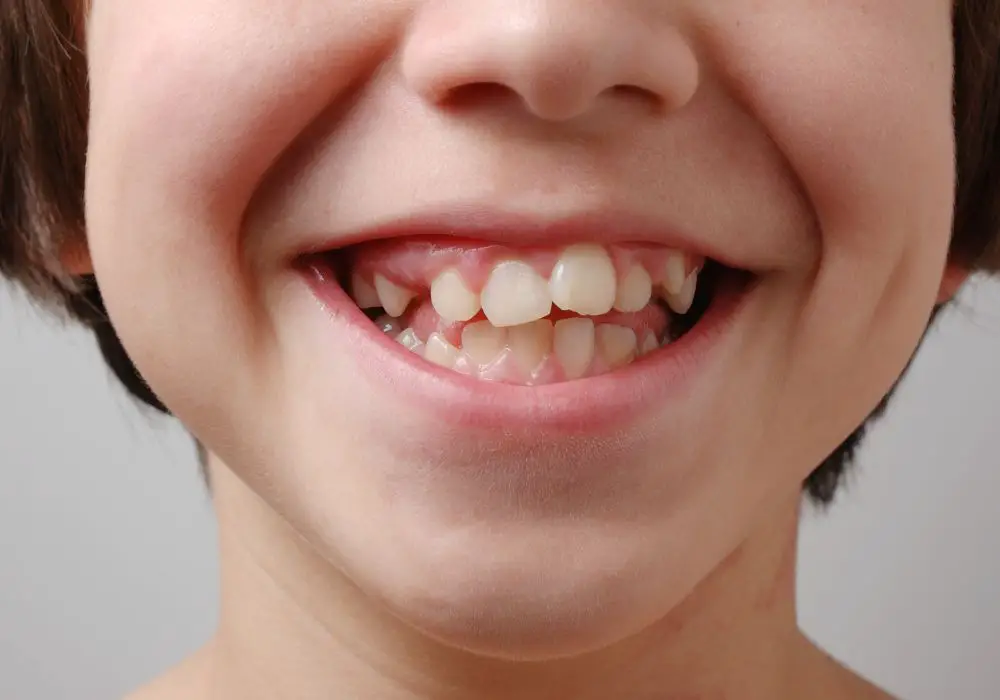
For those who opt not to get orthodontics or whose issues cannot be fully corrected, here are some tips:
- Maintain exceptional oral hygiene to prevent tooth decay and gum disease between crooked teeth
- Use interdental brushes and water flossers to meticulously clean between crowded teeth
- Limit sugary foods and acidic drinks to avoid caries in hard-to-clean spots
- Get more frequent dental cleanings to keep teeth plaque-free
- Use a night guard if there is teeth grinding or clenching
- Get dental exams every 6 months to ensure no problems are developing
- Some speech therapy may help with pronunciation of certain sounds
- Be patient with front teeth spacing in children as this often self-corrects with jaw growth
- Seek cosmetic options like veneers or bonding to improve smile appearance if desired
With proper home care and dental follow-up, minor malocclusion and spacing issues can usually be managed well long-term. However, more significant bite problems are best treated for ideal dental function and facial aesthetics.
FAQ about misaligned teeth
Here are answers to some common questions about improper bite alignment:
At what age is it best to fix misaligned teeth?
The ideal age for orthodontic treatment is during childhood while the head and mouth are still maturing, usually between ages 8-14. However, improvement is possible at any age.
Can crooked teeth correct themselves?
In some cases, minor misalignment in children may improve on its own over time as the jaws grow. However, moderate or severe orthodontic problems need active treatment for proper realignment.
Is tooth extraction sometimes necessary?
Extractions may be recommended to free up space to resolve severe crowding or tooth-size-arch length discrepancies. The orthodontist will advise if this is required.
What nonsurgical options exist for underbites?
Depending on the case, options like braces, bite plates, elastic bands, or clear aligner therapy may successfully correct mild to moderate underbite without surgery. Severe underbites need surgical intervention.
Is braces off the table if you have decay or gum disease?
No, but it is recommended to stabilize any dental disease before undergoing brackets or aligners. Good oral health helps maximize orthodontic success.

